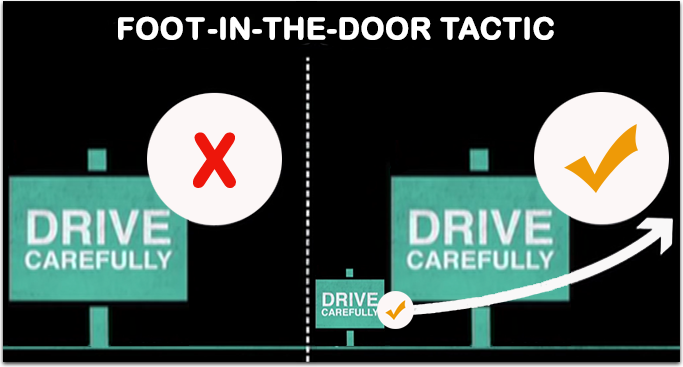 A two-step optin is when a user first sees to action and after clicking it accesses the form to opt-in.
A two-step optin is when a user first sees to action and after clicking it accesses the form to opt-in.
It’s been tested and proven to be a very effective way to collect leads which is something I am going to play with as well.
Here’s what a two-step opt-in looks like:
Get updates on my email marketing experiments and results!
[***All you need is to play with your call-to-action wording: Download the free list here!***]
Table of Contents
Double Opt-In vs Two-Step Opt-In
Having done a few Google searches when researching for this article, I realized that even Google is confused, so let’s first get the terms straight:
A double opt-in means requiring two opt-in actions before a person’s details get into the list. The first action is typing your details in the form and the second action is clicking the link in the email confirming your first action.
A two-step opt-in means letting a user click twice before they can type into their details in the form: First they click on a banner, a button or a link and only then they get to see the form to complete.
The Theory Behind the Technique
The broken logic in me has always suggested that the easier you make it for the user to complete the form, the more of them will feel like doing it.
Well, I might be completely wrong…
By seeing the form right away they may easily ignore it while clicking a compelling button or a banner first may take them down the rabbit’s hole…
Saying yes to a small request (in this case clicking the link that invites to subscribe or download) predisposes you to say yes to a bigger request (in our case, to subscribe).

In persuasion psychology this phenomenon is called “foot-in-the-door tactic”
The foot-in-the-door tactic is based on the notion that if you get someone to agree to a small request, the person will later be more willing to comply with a large request. Some telephone salespeople use this approach. At first they might ask you to answer just a few questions “for a small survey that we are doing” and then entice you to join “the hundreds of others in your area” who subscribe to their product.
In short, the behavioral pattern is based on “commitment and consistency” concept which means that people are naturally driven to be consistent once committed to something.
The tactic may fail too work is the two actions are too different, e.g. the first one is too easy and the second one is too difficult, so it makes sense that your form is very short and sweet.
Sumome Click Triggers (Paid)

Sumome has two-step opt-in included in their “List Builder” app that’s called click triggers.
It comes with all the usual goodies you’d see in Sumome apps: Easy design, easy set-up, A/B testing and many more…
It takes seconds to set up and you can link any image or word to trigger a popup. It’s also compatible with any email marketing software I am aware of.
There are many more email marketing platforms that offer the option.
DIY Two-Step Optin (Free)
There’s a free way to set it up which I have tried as well. I did ask my dev team help me because I had some problems with it working properly, so it took me probably up to 2 hours to set it up correctly.
To set it up, you’ll need:
- Mailchimp account
- Easy FancyBox wordpress plugin
- This detailed instruction
Good luck playing with your calls-to-action!
Get any of my eBooks:
Google Advanced Search eBook

Included into my course
Reputation Management eBook

Included into my course

